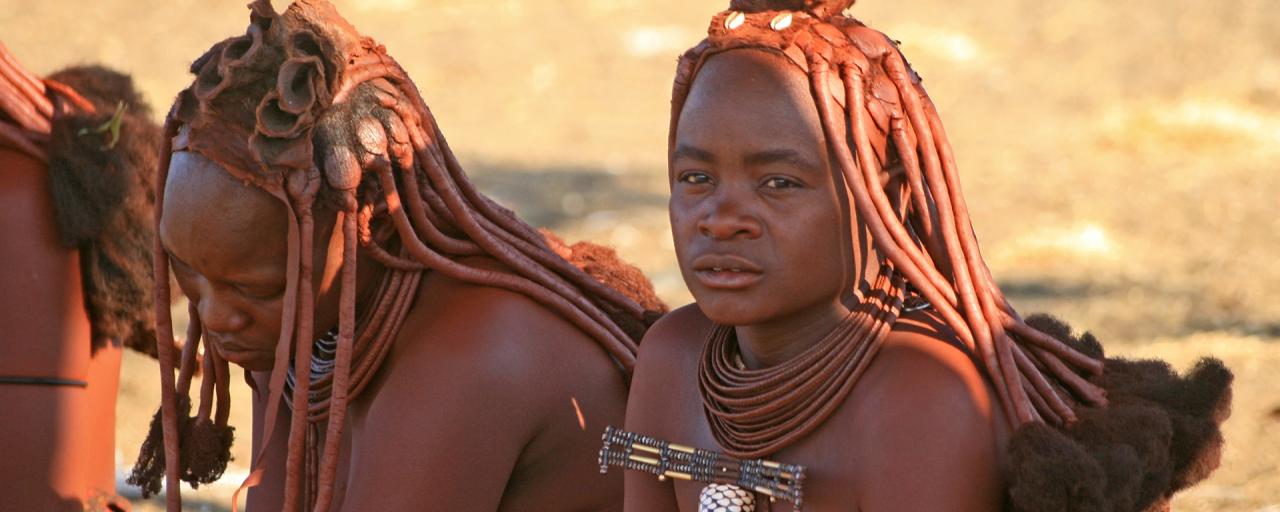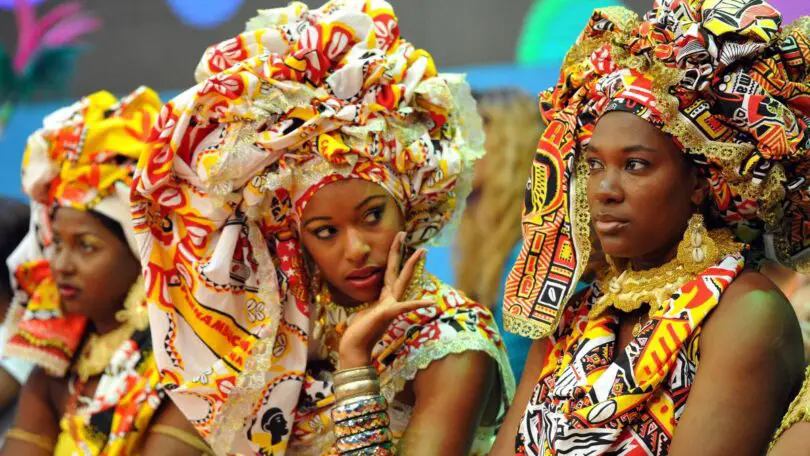There are many interesting aspects to the popular tribes in Africa. Each tribe has its unique cultural practices, traditions, and beliefs which is where all the beauty lies.
African culture has a special appeal wherever you go to the world because it represents the face of the continent. Whilst some of its practices are bizarre in nature, Africa has an impressive reputation on preserving culture.
One interesting aspect of African tribes is their close connection to the natural world. Many tribes have a deep spiritual connection to the land and animals. Their cultures and traditions often tie to the environment. For example, the San people of southern Africa have a long history of living in harmony with nature, and their culture and way of life is closely tied to the natural world.
Overall, popular tribes in Africa offer a rich tapestry of cultural diversity and a unique window into the history and traditions of this fascinating continent.
Table of Contents
What Is The Most Famous Tribe In Africa?
One of the biggest ethnic groups in South Africa and the most well-known tribe in all of Africa is the Zulu. The Zulu people identify as the “People of Heaven”. They represent unity and togetherness and number approximately 11 million.
What Are The 4 African Tribes?
Here are the most popular African tribes.
Zulu in South Africa
One of the most well-known tribes in Africa is the Zulu. Shakaland, the region recognised as the birthplace of the fabled chief Shaka Zulu, is one of the factors contributing to the tribe’s fame.
Zulu are the largest ethnic group in South Africa. They’re a contemporary tribe that values traditional customs. Men dress in vibrant wraps, while women dress in stunning beaded pieces. Shaka Zulu, a legendary African leader heads comes is a Zulu from Kwuzulu-Natal.
Maasai in Kenya

The Maasai people. Photo by From the Vine Travel Time
Located in northern, middle, and southern Kenya as well as northern Tanzania, the Maasai carry on with nomadism. They are Nilotic extend to Tanzania from the Namanga border.
It is one of the easiest tribes in Africa to recognize. Among their most noticeable characteristics is that despite being close to civilization, they have resisted all efforts to ingratiate themselves into society.
Instead, they have rigidly followed their way of life for years. Each year, millions of tourists flock to see the Masai tribe. They are a warrior tribe that originated through a migration along the Great Rift Valley from Sudan to Kenya and Tanzania.
The tribe prefers to live on smaller homesteads because it is a nomadic group. Their cattle, which they believe to be a gift from their god Ngai, are the centre of their way of life. Cattle are largely used by them as a yardstick for wealth and a source of food.
Yoruba in Nigeria

Yoruba People: African tribes. Photo/The Guardian News Nigeria
Undoubtedly the largest ethnic group in Africa, the Yoruba are estimated to number 35 million individuals. The bulk of members are from Nigeria’s southern regions and Benin State.
Why the Yoruba rank among the most popular tribes in Africa is because they have a long history that dates back to the former Oyo Empire. The Yoruba culture is intriguing and it is broad since it expanded outside Nigeria to places like the United States and the Caribbean.
Each Yoruba sub-ethnic group has its distinct view of history. For instance, more twins are born to them than to any other ethnic group in the globe.
Karo from Ethiopia

Karo tribe from Ethiopia. Photo by Documentary Tube
One of the tribes in the Omo Valley that you can visit is this ethnic group, which is found in Southern Ethiopia. A wide variety of tribes, including the Mursi, who take great pleasure in their cultural traditions like Thangine, a brutal battle between males, call the Lower Omo Valley home.
The Karo people, however, really stand out. Their diminutive size and estimated population of 2,000 makes the preservation of their culture remarkable. They are experts at body painting and body art, which has given the ensemble its distinctive appearance.
They use a mixture of white chalk, yellow, iron ore, mineral rock, and charcoal to paint their bodies. They frequently engage in ritual scarification, selecting wounds as a simple way to establish their identity.
Men proudly wear scars as emblems of their bravery, while women pick lovely scars to adorn their backs or chests.
Himba People in Namibia

Himba Tribe Namibia. [Photo: Exploring Africa]
This concoction, which is generally termed “Ojitze,” provides some sun protection for the Himba because they live in a harsh desert environment, but its primary purpose is cosmetic.
Besides, Himba women often oversee the day-to-day operations of the homestead, while the males are expected to handle legal and political matters. This tribe consists of about 50,000 individuals. They often dress in soft leather loincloths and worship a deity called “Mukuru,” with whom they converse by lighting a flame known as ‘Okuruwo’.
How Many Major Tribes Are In Africa?
Africa has at least 3,000 tribes – including the most popular African tribes such as:
- The Dogon from Mali
- Hausa from Nigeria
- Bemba from Zambia
- Taureg from North Africa
- Woodabe from Chad and Niger








